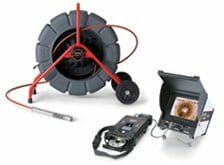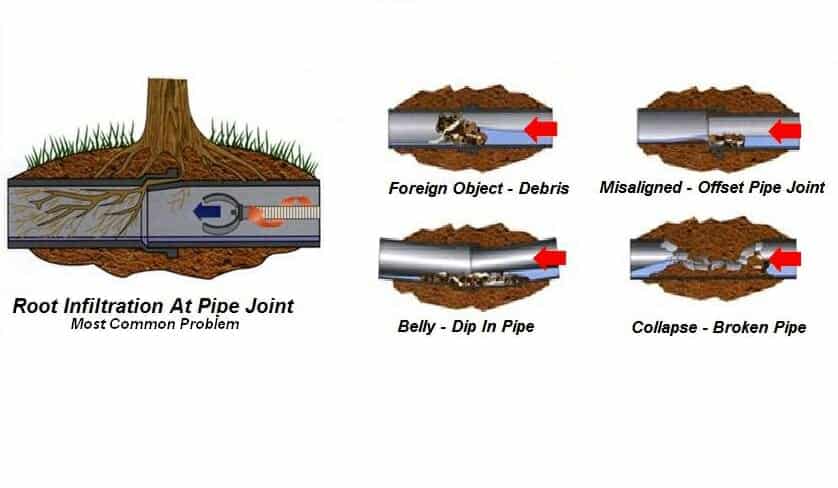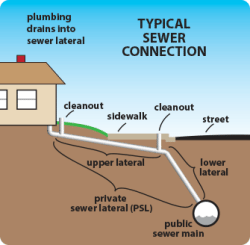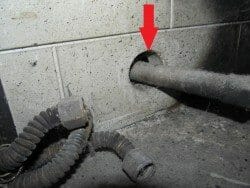Video Sewer Line – When do I need to video a sewer line ?

Sewer Video Line Inspections
- Should I video the sewer line?
- What will it reveal ?
- How do they do it ?
When to video the sewer line
When toilets, sinks and tubs consistently don’t drain or back up.
If the seller tells you that they have had to have the sewer line unclogged, especially a number of times. Unclogging a line may be an indication that there are some ongoing problems.
Homes that have older and more mature trees that have evasive type roots are more prone to sewer blockages or damage than other homes in general. There are some trees that create more issues with plumbing sewer lines than others.
Areas that have extensive soil movement may shift or crack a sewer line occasionally.
Peace of mind. Buyers who want to take an extra precautionary step may likewise decide to video the sewer line for peace of mind and to know for sure that the line is in good shape.
What will videoing the sewer line reveal ?
Roots. The video may reveal roots. At times there may be a large blockage developing or the beginning signs of a few roots, that can develop into more of a problem.
Foreign object in the line. Kids may drop a toy in the toilet accidentally, and then flush the toilet; or strange things like, golf balls, small tooth brushes or other objects may show up on the video.
Hair and grease build-ups.
1. Offset sewer pipe
2. Cracked or damage sewer pipe
3. Toys or other items clogging the line
4. Tree roots – the most common cause
5. Slope inadequate, possibly from settling or original installation
6. Slope too steep, resulting in the water portion racing down the pipe and the solids moving slower and building up to a clog

How do they video a sewer line ?
A plumber will usually use a tiny, fiber-optic video water proof camera with a light, that is snaked through the sewers lines. Sometimes they only video the main sewer line, and sometimes they do the branch lines as well.
The newer equipment has better cameras and may also have transmitting equipment that will show exactly where a problem is. A transmitting signal is sent from the camera location and can be marked and identified from the above ground location. The newer equipment not only identifies where the problem is located but the depth of the sewer line. So now you know where to dig, but also how deep.
Often a home owner is responsible for the sewer line all the way to where it ties into the main city or municipality line in the street. This means that a owners responsibility may extend beyond the property line.



